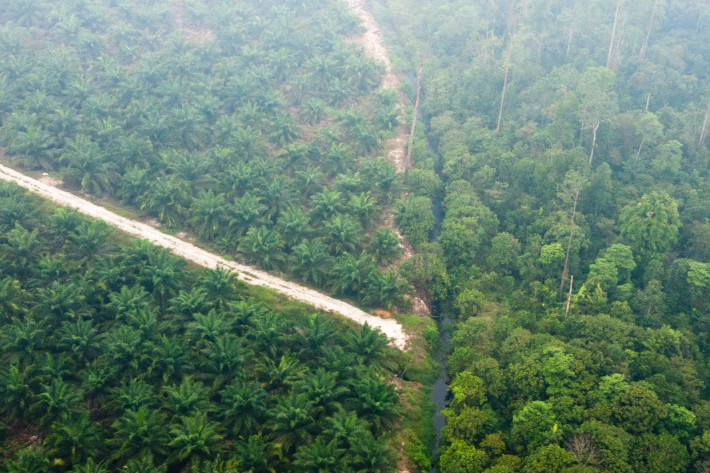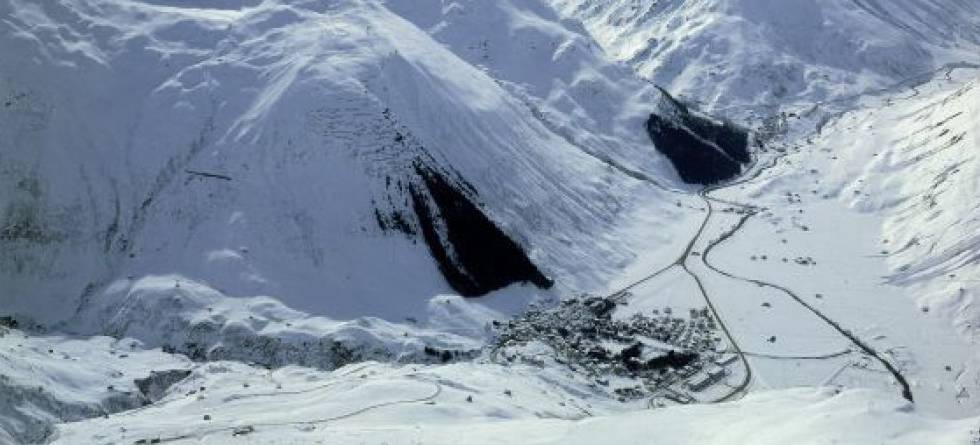Written by Hanna Lee, researcher at the Bjerknes Centre and NORCE
Last year, I gave a talk entitled ‘Afforestation to mitigate climate doesn’t always work’ at a university in Malaysian Borneo Island. In my presentation, I talked about our case study and pointed out that despite the good intention, using afforestation as a method to mitigate climate may not be very effective in high latitude ecosystems because of the physical effects such as albedo.
After my presentation, someone came to me and said ‘Your presentation was very interesting! So do you mean that we should not plant trees in Borneo either?’. It is my worst nightmare after giving such a talk to be so misunderstood.
In my earlier posting, I mentioned a study emphasizing that the world still has large amounts of land area for tree planting (Bastin et al. 2019). According to these authors, there are approximately 54,000 km2 land area in Norway alone, where trees can be planted. This is just slightly smaller than the whole land area of the three Counties in western Norway combined (Rogaland: 9,377 km2, Møre og Romsdal: 14,355 km2, and Vestland: 33,870 km2). But I think the main message of this study can be a bit misleading.
Not all unforested areas can be forested. Some unforested areas are being used for something else. These are often farmlands and open pastures for livestock. Some open spaces are naturally not forested, for example, alpine and Arctic tundra naturally exists treeless due to harsh climatic conditions. Some areas are unforested because people who own them want to keep them unforested. So there are different natural as well as socio-economic reasons why landscapes are not forested and cannot be forested. This is inevitable.
In general, I am a person who is much in favor of forest restoration. But the misunderstanding that I may be against planting trees often comes because of the differences in ‘afforestation, reforestation, and forest restoration’. It sounds quite similar, so what is the difference?
By definition, afforestation is establishing forests in the areas where there was no previous tree cover. As I emphasized in earlier postings, forests provide countless benefits to nature and society. All over the world, forests are actively being planted to provide clean air and water, create areas for recreation, prevent desertification, and even as a counter act to deforestation.
In Europe, one of the good examples of afforestation is to prevent avalanche risks in mountainous areas. Here’s a picture of Davos, Switzerland. Trees are planted strategically to mitigate avalanche risk for the city. This area was previously not forested, but it is a very good idea to plant trees there to directly benefit the society. But before making this decision, the cost benefits should be thoroughly assessed. Because land cover changes can harm the environment that was there before. And when the damage is done, it is very difficult and costly to revert them.
On the other hand, reforestation is re-establishment of forests and woodlands that have been destroyed, usually due to deforestation or forest clearing. The example I gave about South Korea in the first blog post is a very good example of reforestation. Reforestation is also happening all over the world, particularly in the tropics, where deforestation activities have destroyed forests. So in Borneo or other parts of the tropics, wherever the trees have been cut down, they should be reforested. It will also be helpful for the climate as forests in the tropics help mitigate climate warming.
But something else we need to consider in reforestation is forest restoration. Forest restoration is to restore a degraded forest to its original state and to re-establish the presumed structure, productivity and species diversity of the forest originally present at a site.
Something interesting I heard during my visit to Borneo was that sometimes the reforestation in the area is happening with mono-culture of tree species, use of invasive species, and even with oil palm plantation. Mono-culture, invasive species, and oil palm plantation may increase carbon storage of the area, but will never be a solution for restoring naturalness, biodiversity, or even ecosystem services. So during reforestation and forest restoration, careful forest management is a key to monitor and assess the benefits of reforestation.

It is very important to use our knowledge wisely. It is also very important for different sectors to work together, plan, and manage the forest wisely. There are clear benefits of afforestation, reforestation, and forest restoration. But we must also recognize that sometimes there are risks of planting forests when it is not done right.
It is also important to recognize that there are clear benefits of not foresting certain areas.

